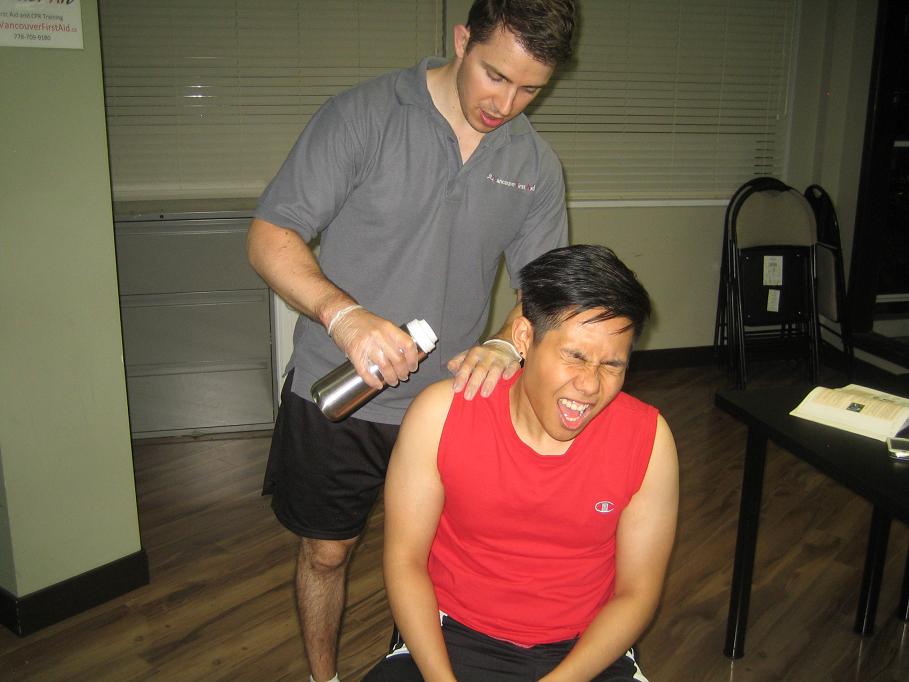When strong acids, strong bases or other corrosive substances meet the living tissue of the body, chemical burns occur. The main types of corrosive products are acids, bases, oxidizers, solvents and reducing agents. Products commonly used at home, such as bleach, metal cleaners, toilet bowl cleaners, concrete mix and pool chlorinators may also result to chemical burns when not handled properly.
The danger with chemical burns is that they do not need an additional heat source for reactions to occur. Damage may not be readily evident to the skin as chemicals can diffuse into the skin and result to damage underneath the skin without visible damage to the skin surface. In addition, damage from chemical burns do not necessarily appear as soon as contact ensues.
Signs and Symptoms of Chemical Burns
Damage of chemical burns may either be localized (affecting only where contact to the chemical was present), systemic (throughout the body), or both. Moreover, the signs and symptoms of will depend on the chemical that was exposed to the victim. Some of the more common indicators of a chemical burn include:
- Burns on the skin
- Presence of blisters in the area of contact
- Pain in the affected area
- Symptoms of allergic reaction – itching, swelling, nausea and weakness
- Abdominal pain, especially upon ingestion
- Difficulty breathing
- Skin that is either bright red or becoming cyanotic (bluish)
- Seizures
- Headache
- Dizziness
- Irritability
First Aid Management for Chemical Burns
The first aid management for chemical burns will depend on the type of chemical. However, it is recommended to wear gloves and other safety gears to avoid transfer of chemicals from one body part to another. Learn proper first aid management by joining First Aid Courses.
For chemical burns that may be rinsed with water:

- Ensure that the causative agent has already been removed from the body and do not come into contact with the chemical
- Run cool water on the affected area for at least 20 minutes. Ensure that the water does not flow to another part of the body. Do not use hard spray water to avoid exacerbating the burn.
- If the burning sensation does not disappear, continue running cool water on the area of contact for 10 to 15 minutes.
- Advise the victim to remove any trace of the chemical on his/ her body. Begin by removing any piece of clothing of jewelries that may have been contaminated with the chemical.
- Cover the affected area using a dry sterile gauze or clean cloth.
- Be prepared to treat the patient for shock.
For chemical burns that cannot be rinsed with water, first aid treatment will differ greatly. It is best to seek medical advice when one is unsure of what to do.
How to Prevent Chemical Burns
Chemical burns are very much preventable with proper handling and care of these chemicals, especially at home. Here are some tips that can help prevent chemical burns in the workplace and at home:
- Always wear protective gear when handling chemicals.
- Keep chemicals out of reach of children – preferably in closets with locks
- Label the containers properly of the chemicals to avoid cross contamination.
- After handling chemicals, store safely and immediately after use.
- Do not be exposed to chemicals for a prolonged period of time.
Chemical burns happen when a corrosive substance comes into contact with the skin, which can potentially cause damage not just to the skin, but the underlying tissue, organs and the entirety of the body.
https://www.youtube.com/watch?v=dhrtNzPUNr8

